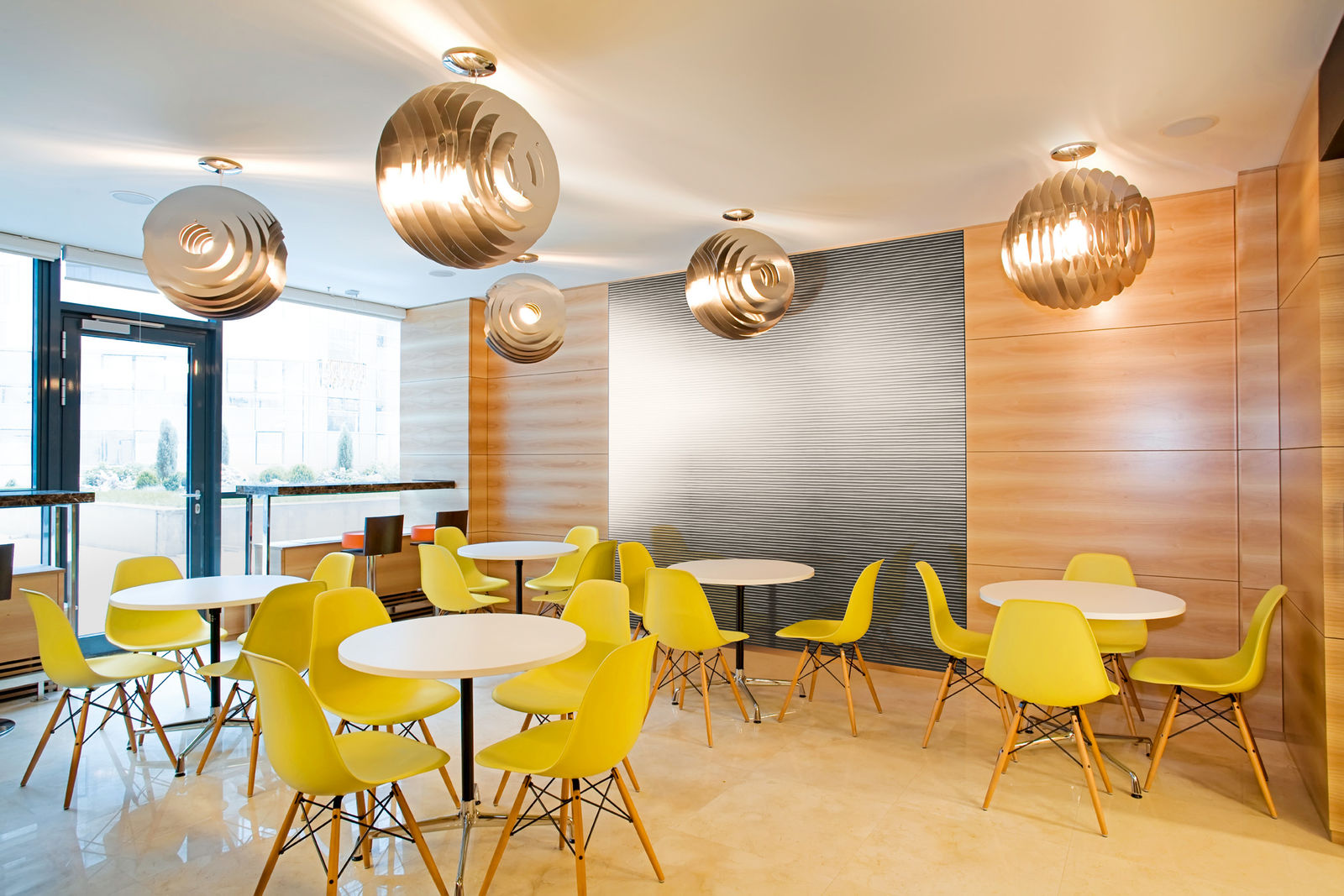History
From Bakelite to HPL
In 1907 the Belgian chemist Leo Hendrik Baekeland patented a product named Bakelite. A mixture made of saw dust respectively fibres and phenol resins was pressed into a metallic mould and at the same time hardened in-mould by heat.
In the 1920ies a flat board material was produced by saturating paper with phenol-formaldehyde resins and subsequently hardening it between steel plates.
In 1906 it was Liebich who explored melamine-formaldehyde-reactions. Nevertheless it took until the 1930ies that companies used them economically.
The development of decor papers with a high absorption of melamine-formaldehyde-resins in the 1940ies was the basic step to the first decorative laminate.
The real success story of decorative laminates (HPL) startet in the 1950ies. The essential invention was the injection of layers of core paper saturated with phenol resins with décor paper saturated with melamine resins.
In the following decades HPL has been improved continuously.
The EN 438 as well as the international standard ISO 4586 describes beside the established and successful basic version many new versions with additional features.
Important steps to todays‘ HPL
2010
- first average environmental product declaration
2000
- fluorescent effects
- usage of digital printed paper
1990ies
- continously pressed HPL
- translucent HPL
- first life cycle analysis
1980ies
- highly abrasion-proof HPL (store construction and flooring)
- HPL in outside application with waterproof surface protection
- HPL with metallic surface
- HPL with wood veneer
- chemical resistant HPL
1970ies
- flame resistant HPL (transport, wall cladding)
- HPL with deep surface structures
- anti-static HPL
1960ies
- heat resistant HPL (aluminium foil between the layers)
- self-supporting HPL (thickness: between 2 - 30 mm)
- postforming HPL








